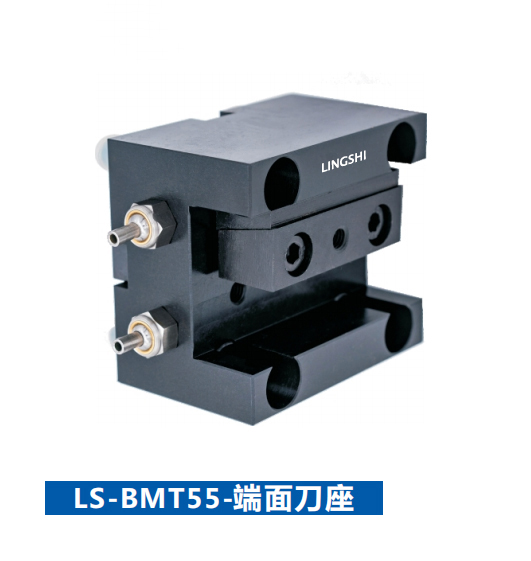 English
English-
 English
English -
 Français
Français -
 日本語
日本語 -
 Deutsch
Deutsch -
 tiếng Việt
tiếng Việt -
 Italiano
Italiano -
 Nederlands
Nederlands -
 ภาษาไทย
ภาษาไทย -
 Polski
Polski -
 한국어
한국어 -
 Svenska
Svenska -
 magyar
magyar -
 Malay
Malay -
 বাংলা ভাষার
বাংলা ভাষার -
 Dansk
Dansk -
 Suomi
Suomi -
 हिन्दी
हिन्दी -
 Pilipino
Pilipino -
 Türkçe
Türkçe -
 Gaeilge
Gaeilge -
 العربية
العربية -
 Indonesia
Indonesia -
 Norsk
Norsk -
 تمل
تمل -
 český
český -
 ελληνικά
ελληνικά -
 український
український -
 Javanese
Javanese -
 فارسی
فارسی -
 தமிழ்
தமிழ் -
 తెలుగు
తెలుగు -
 नेपाली
नेपाली -
 Burmese
Burmese -
 български
български -
 ລາວ
ລາວ -
 Latine
Latine -
 Қазақша
Қазақша -
 Euskal
Euskal -
 Azərbaycan
Azərbaycan -
 Slovenský jazyk
Slovenský jazyk -
 Македонски
Македонски -
 Lietuvos
Lietuvos -
 Eesti Keel
Eesti Keel -
 Română
Română -
 Slovenski
Slovenski -
 मराठी
मराठी -
 Srpski језик
Srpski језик -
 Español
Español -
 Português
Português
What materials can be machined with Static Power Rotary Tool Holders?
2024-09-26

What materials can be machined with Static Power Rotary Tool Holders?
Static Power Rotary Tool Holders can machine different materials, such as:
- Aluminum
- Steel
- Stainless Steel
- Titanium
- Copper
- Brass
- Plastics
What are the advantages of using Static Power Rotary Tool Holders?
Some of the advantages of using Static Power Rotary Tool Holders include:
- High-speed machining capabilities
- Precision cutting
- Long tool life
- Increased productivity
- Reduced tool changeover time
- Cost-effective
How to choose the right Static Power Rotary Tool Holders?
When choosing Static Power Rotary Tool Holders, it is important to consider the following factors:
- The type of material to be machined
- The shape and size of the cutting tool
- The size and capacity of the tool holder
- The speed and feed rate of the machining operation
- The level of precision required for the finished product
In conclusion, Static Power Rotary Tool Holders are a versatile tool for machining a variety of materials. By selecting the appropriate tool holder, manufacturers can improve efficiency, reduce manufacturing costs, and produce high-quality products.
Foshan Jingfusi CNC Machine Tools Company Limited is a leading manufacturer of Static Power Rotary Tool Holders and other CNC machine tools. We specialize in the design, development, and production of high-precision machine tools for a wide range of industries. Our products are backed by excellent customer service and technical support. For inquiries, please contact us at manager@jfscnc.com
References
1. Li, X., & Dong, S. (2015). Dynamic characteristics of spindle system and bearing preload optimization of high-speed milling machine tools. Journal of Mechanical Science and Technology, 29(9), 4025-4032.
2. Chen, H., Hu, L., Gao, J., & Li, Y. (2020). Development of a high-speed precision micro milling machine. International Journal of Advanced Manufacturing Technology, 107(1-2), 571-580.
3. Liu, X., Liu, X., Wang, W., Wang, Y., Hou, Z., & Zhang, J. (2019). Development of a laser assisted milling system for difficult-to-machine materials. Applied Sciences, 9(13), 2737.
4. Shen, Y., Mao, R., Liu, J., & Huang, H. (2018). Surface modeling and machining quality optimization of ball-end milling for curved surface parts. International Journal of Advanced Manufacturing Technology, 97(5-8), 1909-1921.
5. Wang, Y., Li, Y., Li, B., Mao, X., Wang, C., & Jiang, L. (2020). Influence of cutting parameters on the surface roughness in high-speed milling of Inconel 718. Materials, 13(17), 3688.
6. Zhang, P., Zhang, W., Cai, H., Xia, H., & Huang, H. (2019). Calibration of spindle thermal deformation error based on indirect measurement of multi-point displacement. The International Journal of Advanced Manufacturing Technology, 103(1-4), 995-1009.
7. Huang, Y., Li, W., & Zhu, Z. (2016). Influence of tool path strategies on microstructure and mechanical properties of a Ti–6Al–4V alloy produced by 3D laser assisted milling. Journal of Materials Research and Technology, 5(2), 103-115.
8. Yang, Y., Nie, H., Zhang, X., & Qin, Y. (2015). Surface integrity and energy consumption in high-speed milling of titanium alloy with coated carbide tools. Transactions of Nonferrous Metals Society of China, 25(11), 3736-3743.
9. Salimi, M., Sajjadi, S. A., & Sajjadi, S. A. (2018). Optimization of cutting parameters to improve surface roughness in high-speed face milling of 7050-T7451 aluminum alloy using response surface methodology and genetic algorithm. Journal of Materials Research and Technology, 7(4), 473-481.
10. Lv, Y., Peng, Y., Lai, X., & Tang, L. (2017). Wear and deformation of micro-textured tools in micro-milling of Ti-6Al-4V. Journal of Materials Engineering and Performance, 26(12), 5785-5793.




